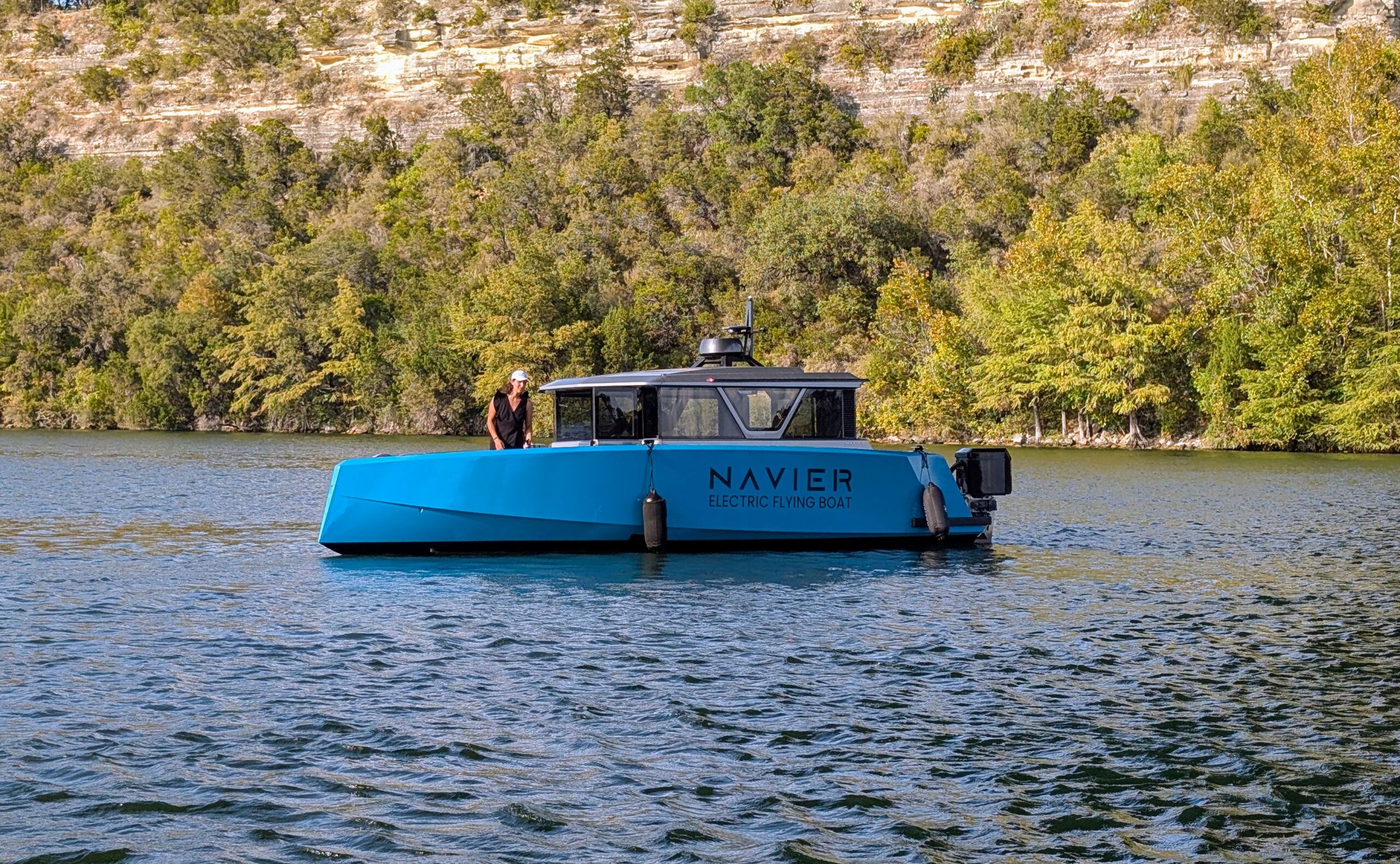BHP’s latest operational review for the period to June 30 will be characterised by most as a quarter with record copper and iron ore production records and a capital expenditure blowout at the Jansen Stage 1 potash project in Canada. For IM, the standout feature was a note about a BHP-designed leach process having achieved first production at Escondida in the June quarter.
Escondida, the company’s flagship copper asset, achieved its highest production in 17 years, increasing 16% to 1.3 Mt due to record concentrator throughput, improved recoveries, higher concentrator feed grade of 1.02% (FY24: 0.88%) and the Full SaL leaching project, which achieved first production in Q4 FY25 (June quarter). Cathode production increased as Full SaL ramped up, offset by lower concentrate feed grade, it added.
Full SaL is an optimised BHP-designed leach process which has to potential to simplify operations into one leach process instead of having to use chemical leaching for oxide ores and bioleaching for sulphides via the addition of salt (ie sodium chloride), bringing increased metal recoveries and faster leach kinetics. This has been in development for a number of years with the project kicking off as far back as 2015.
At Escondida, the technology is viewed as one of several options to offset the impact in the decline of concentrator feed grade, which is expected from the 2027 financial year. Full Sal has already been successfully deployed at Spence, BHP says, and the company has previously outlined the potential to produce circa-410,000 t in copper cathodes at Escondida over a 10-year period once implemented, through improved recoveries and shorter leach cycle times.


